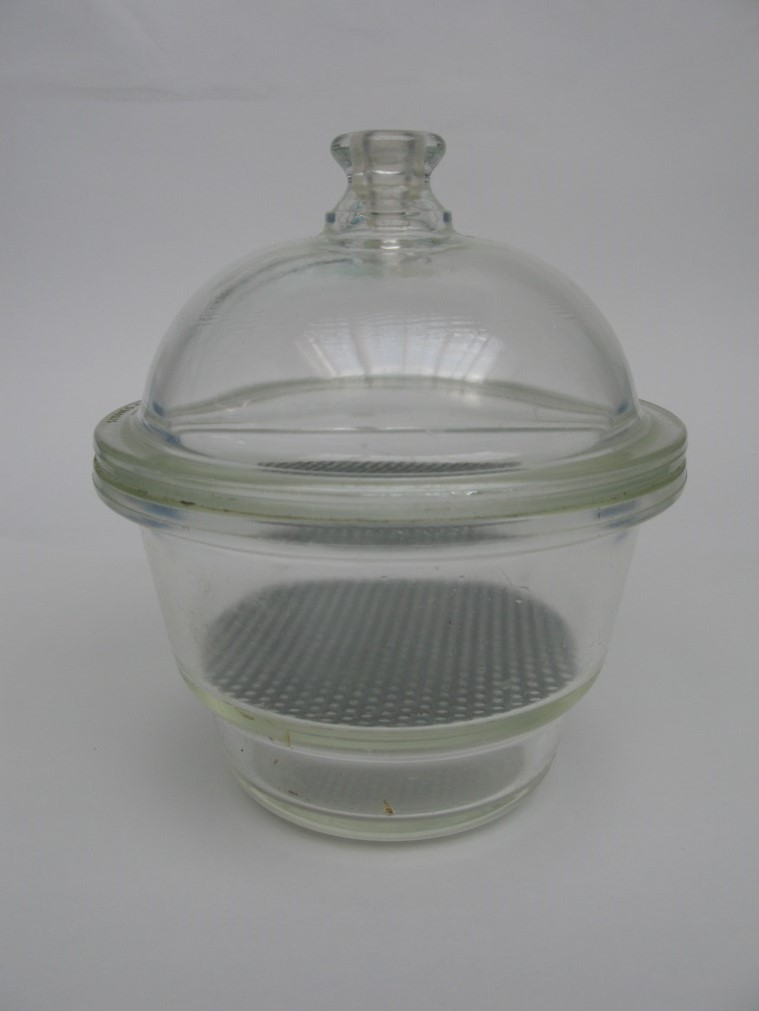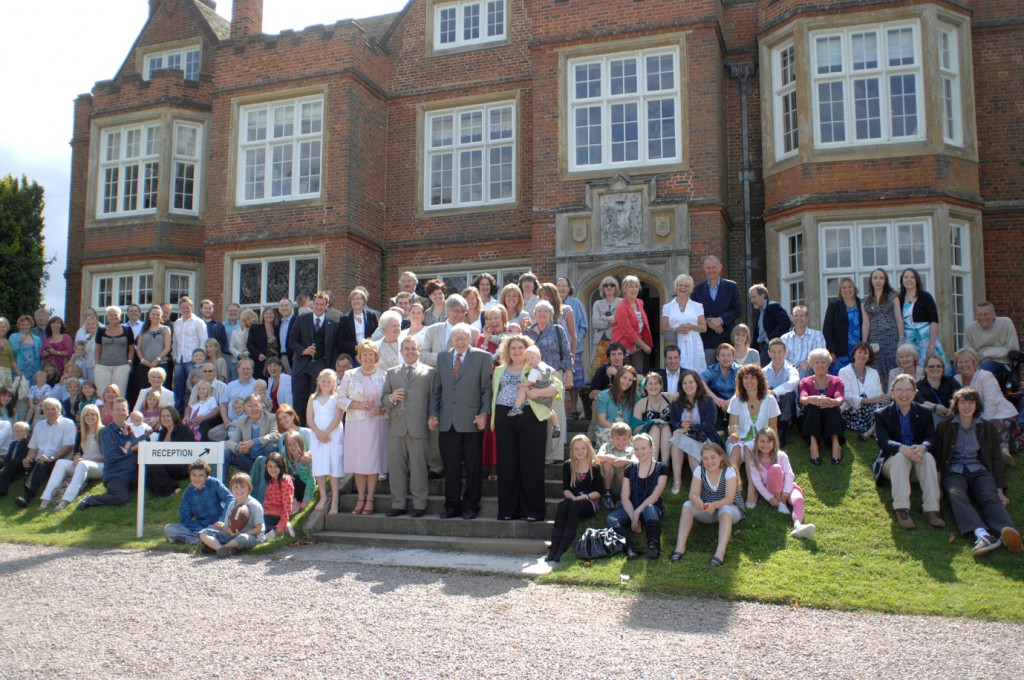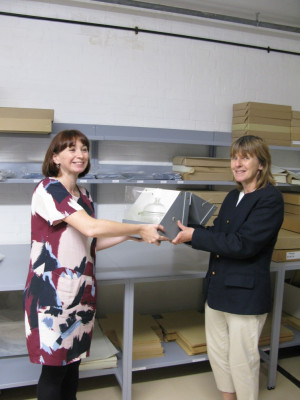It may look like a humble glass jar, but this embryo incubator was used in the creation of the world’s first ‘test-tube babies’.
Today, for the first time it is on display in the Science Museum’s Making the Modern World Gallery, taking centre stage alongside other iconic objects including Stephenson’s Rocket and a sample of penicillin prepared by Alexander Fleming.

At 11.47pm on 25 July 1978, Louise Brown, the world’s first IVF baby was born at Oldham and District Hospital in Greater Manchester. She weighed 5lb 12oz.
Louise’s birth changed the face of reproductive medicine. Her parents had spent ten years trying to conceive before they were helped by the in-vitro fertilisation (IVF) technique developed by British scientist Robert Edwards and gynaecologist Patrick Steptoe. Since then over 5 million babies have been born thanks to IVF techniques.
Yet the story of IVF started long before Louise’s birth….

Scientists had long experimented with fertilising animal eggs outside the body, but few believed it would be possible to successfully create human embryos that way. Robert Edwards first achieved fertilisation with human eggs in 1968, but it took a further decade before Louise was born. During this time, Patrick Steptoe perfected a method for obtaining human eggs from the ovaries by keyhole surgery, using a laparoscope – a long, thin telescopic instrument.
It was inside this glass incubator that the embryos of the first test tube babies developed. Working together, Edwards and Steptoe, fertilised the eggs removed from the mother in a culture dish, which was kept inside the incubator at body temperature until they could be introduced into the womb a few days later.
Until now, the incubator has been in the care of the Churchill Archives Centre at Churchill College in Cambridge, home to historic documents of almost 600 important political, military and scientific figures from the Churchill era and after, including those of Frank Whittle and Rosalind Franklin. As a former fellow of Churchill College, Robert Edwards’ papers have been deposited at the Archives and the centre is now embarking on a two year Wellcome funded cataloguing project to fully list the contents of this significant collection which will be a remarkable resource for researchers.

The Churchill Archives hosted a small ceremony to make the transfer of the incubator to the Science Museum, where I was lucky enough to meet Jenny, the second of Robert Edwards’ daughters who’s been instrumental in making our display of the incubator possible. Jenny herself worked for a short time in her father’s lab.
It was really fascinating to hear Jenny talking about her father and to learn about the impact of his work on his family as much as on society. The tenacity Edwards’ had to show in the face of the controversy sparked by Louise’s birth and the ethics of assisted conception was really striking. Jenny also acknowledged the courage of Steptoe and Edwards’ early patients participating in such radical new treatment.
Plans for the incubator don’t stop at today’s display.
In autumn 2019 the incubator will be re-displayed in new Medicine Galleries opening at the Science Museum, which will showcase life-changing medical breakthroughs of the past and present.
We’re thrilled to announce that the arrival of the incubator coincides with an award of £7.8 million in funding from the Heritage Lottery Fund adding to a £10 million grant from the Wellcome Trust. This landmark £24 million project will transform the first floor of the Science Museum, creating a magnificent new home for the Museum’s world-renowned medical collections.
The significance of IVF’s contribution to medicine was finally acknowledged in 2010 when Robert Edwards was awarded the Nobel Prize in Physiology or Medicine (sadly, Patrick Steptoe had passed away and Nobel prizes are not awarded posthumously).
Edwards’ and Steptoe’s techniques continue to change lives.
IVF opened up new areas of science offering huge benefits but that continue to spark controversy – most recently IVF’s legacy can be seen with the birth of the world’s first baby born through a procedure using the DNA of three people to overcome mitochondrial disease.
We would like to thank the Edwards Family and the Churchill Archives Centre for making this loan possible.